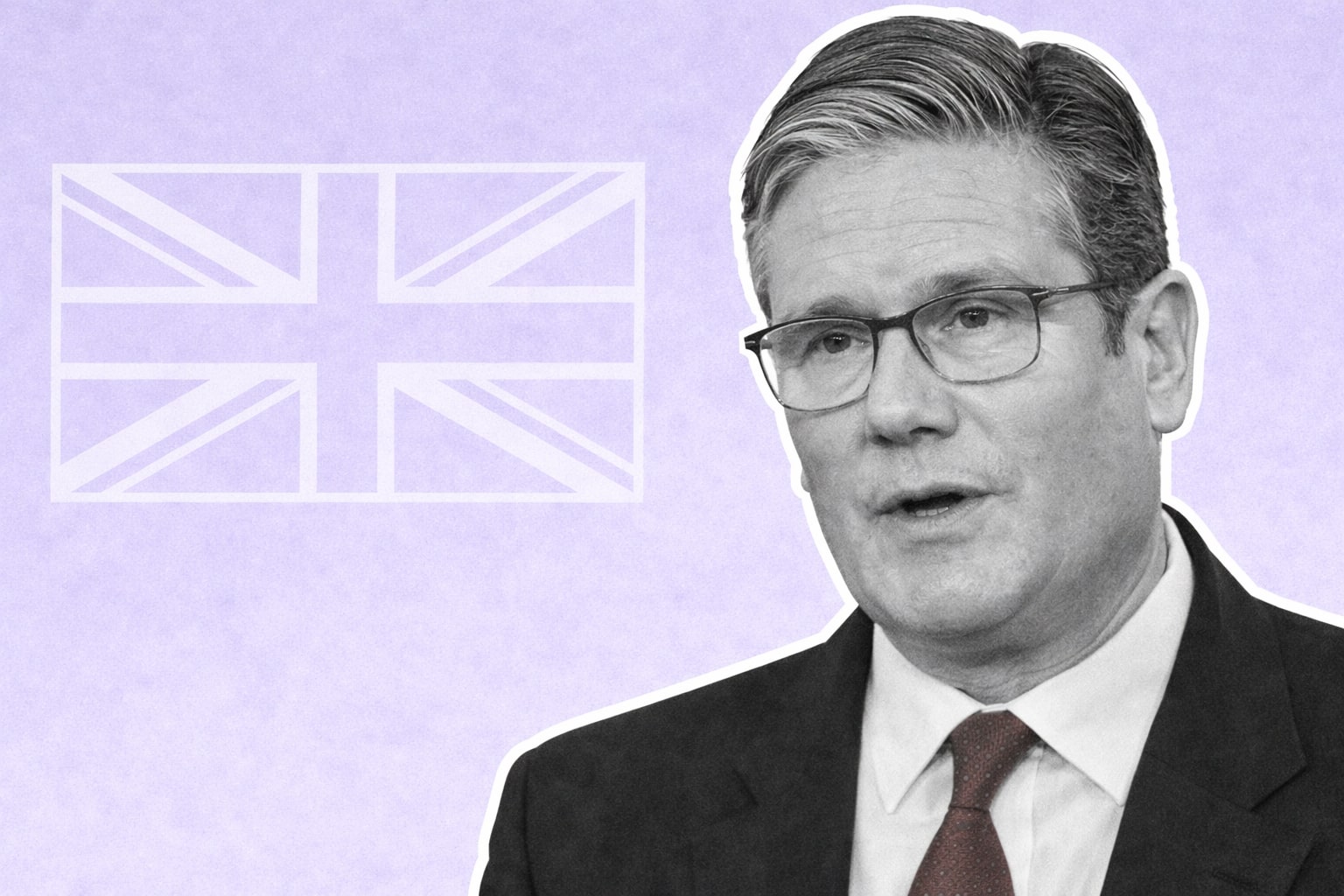Russian Oil Exports Neutralize OPEC Production Cuts Impact
Economic Outlook, Chinese Consumption Growth, and Russia's Influence on Supply Contribute to Market Volatility as Analysts Reevaluate 2023 Price Forecasts
Singapore's onshore fuel oil stocks have dropped to a four-week low at 23.06 million barrels, a 2% decline from the previous week, according to official data from Enterprise Singapore. The reduction comes as net fuel oil imports, calculated by subtracting total exports from total imports, fell by 19% to 702,000 tonnes after more than doubling in the previous week.
In the demand and supply dynamics, the market appears to be near equilibrium as suggested by the minimal price difference between the front two futures contracts. Despite a 5.054 million barrel drop in oil inventories in the week ending April 21, as reported by the US Energy Information Agency (EIA), crude oil prices experienced a decline. This unexpected drop may underscore the issues that led OPEC+ to implement their production cut, with oil prices now returning to pre-announcement levels.
Brent crude, the international benchmark, traded at $78.04 per barrel, a 0.41% increase from its previous close of $77.72 a barrel, while West Texas Intermediate (WTI), the American benchmark, traded at $74.55 per barrel, up 0.34% from its previous session's close of $74.30 per barrel. The US dollar index also fell, making crude oil less expensive for foreign buyers. However, the price increase remains limited due to ongoing concerns about a global recession driven by weak economic data.
Investors are now awaiting new data to provide further insight into the potential recession. The first-quarter US GDP data and the Federal Reserve's personal consumption expenditures price index are expected to reflect a slowdown in economic growth.
In the first quarter of 2023, oil prices have defied expectations. Brent reached a low of $72 a barrel on March 17, while WTI dropped to less than $66 a barrel. This is a significant drop compared to the prices of nearly $114 and $103 a barrel, respectively, seen a year before following Russia's invasion of Ukraine.
Factors like China abandoning its zero-Covid policy in December 2022 and OPEC+ announcing a production cut of 2 million barrels a day (mb/d) have not driven up oil prices as anticipated. By mid-April, Brent reached $86, and WTI reached $83 per barrel. However, oil prices have started to retreat again—an unexpected development during a war involving a major oil exporter and when a giant consumer like China is reopening after three years of economic isolation.
The uncertainty surrounding the global economic outlook, Chinese consumption growth, and Russia's role in oil supply continues to impact oil price forecasts. Until these uncertainties are resolved, the global oil market will remain directionless.
Recent warnings from the International Monetary Fund (IMF) and the World Bank suggest a high level of uncertainty in the global economy, which could contribute to the volatility in oil prices. China, as the world's second-largest oil consumer and economy, plays a crucial role in driving oil demand. However, its post-Covid recovery seems slower than expected, with potential repercussions on oil demand.
Russia, another major oil producer and exporter, continues to influence global oil markets. Despite sanctions, Russia remains the world's third-largest oil producer after the US and Saudi Arabia. While its oil supply has not been significantly disrupted, the direction of its exports has shifted from Europe to Asia, helping to ease price pressure for consumers worldwide. This uncertainty calls for a more cautious stance when predicting oil prices for the year.
In light of these factors, oil prices rose on Thursday, trading at $78.04 a barrel for Brent crude and $74.51 a barrel for WTI crude. This increase comes after a 4% drop in oil prices on Wednesday due to US recession fears and increased Russian oil exports offsetting the impact of OPEC production cuts have played a significant role in the recent fluctuations in oil prices. The rise in Russian oil exports has, to some extent, offset the impact of the OPEC production cuts, leading to an unexpected decline in oil prices during a time of war and a significant consumer like China reopening its economy after years of economic isolation.
Brent crude, a major global benchmark, saw prices drop to a low of $72 a barrel on March 17, with WTI, another primary benchmark, falling to under $66 a barrel. These prices remain significantly lower than the nearly $114 and $103 a barrel, respectively, reached on the same day the previous year following Russia's invasion of Ukraine.
One factor that contributed to this unexpected development was the surge in Russian oil exports despite ongoing sanctions. Russia has redirected its oil exports from Europe to Asia, easing price pressures for consumers around the world. In addition, Russia's production cuts have been smaller than anticipated, further contributing to the decline in oil prices. Moscow has increased fuel supplies to various regions, including Turkey, Asia, Africa, the Middle East, and Latin America.
OPEC's share of India's oil imports fell at the fastest pace in 2022/23 to the lowest level in at least 22 years, as India increased its intake of cheaper Russian oil. China, too, has been ramping up its purchase of Russia's Urals oil, further contributing to the shift in market dynamics. Oil loading from Russia's western ports in April was the highest since 2019, surpassing 2.4 million barrels per day, despite Moscow's pledge to reduce output.
In the face of these developments, the market is questioning the effectiveness of OPEC's recent production cut. The decline in oil prices despite the slide in inventories may be indicative of the underlying issues that OPEC+ might have identified that led to their production cut. With the gap filled, oil prices could be in a range trading type of environment for the time being.
Economic outlook, Chinese consumption growth, and Russia's influence on supply are key factors contributing to the uncertainty surrounding global oil markets. Until clarity emerges around these factors, the markets will not have a clear direction.
In light of these uncertainties, analysts should adopt a more cautious approach when predicting oil prices, at least for this year. Some analysts have already reduced their 2023 price forecasts, with estimates varying between $81 and $100 a barrel. Further revisions can be expected, as history has shown that "all price expectations are subject to error."
The ongoing conflict in Ukraine and recent talks between Chinese President Xi Jinping and Ukraine's Volodymyr Zelenskiy may also play a role in shaping oil market dynamics. The West is hopeful that China can help broker a peace deal, and this initial conversation may be seen as a positive first step in that direction. However, the outcome of these discussions and their potential impact on oil prices remain uncertain.
Read More
-
Pagaya Stock Price Forecast - PGY at $23.20: Is PGY Stock the Cheapest AI Fintech of 2026?
19.12.2025 · TradingNEWS ArchiveStocks
-
XRP Price Forecast: XRP-USD Stuck at $1.87 With $3 2026 Target and $10–$25 Long-Term Range
19.12.2025 · TradingNEWS ArchiveCrypto
-
Oil Price Forecast: WTI Near $56 and Brent at $60 Signal Risk Toward $50
19.12.2025 · TradingNEWS ArchiveCommodities
-
Stock Market Today: AI Chip Rally Lifts Nasdaq as $7.1T Quad Witching Hits
19.12.2025 · TradingNEWS ArchiveMarkets
-
GBP/USD Price Forecast - Pound at 1.34 As BoE Cut And Soft Dollar Keep Bullish Path Toward 1.35
19.12.2025 · TradingNEWS ArchiveForex



















